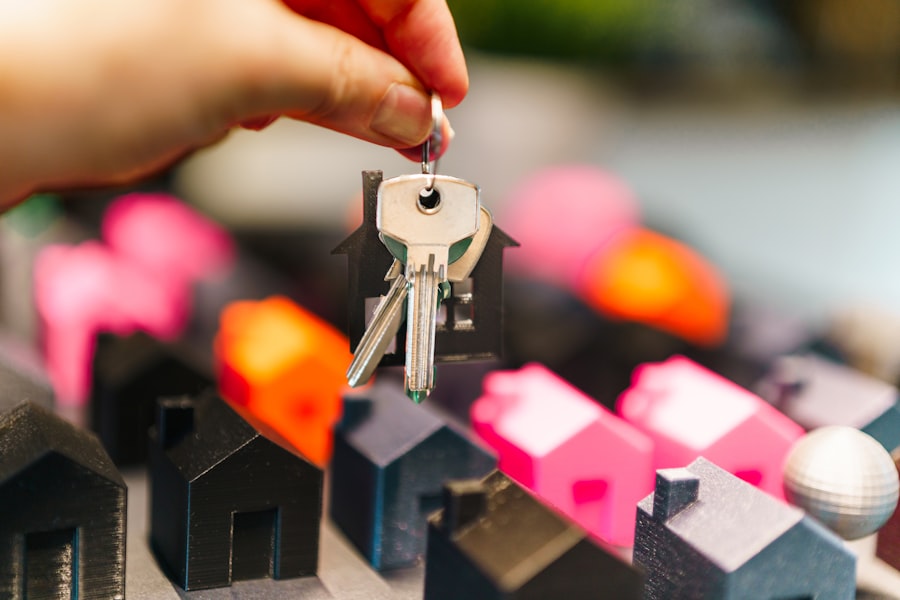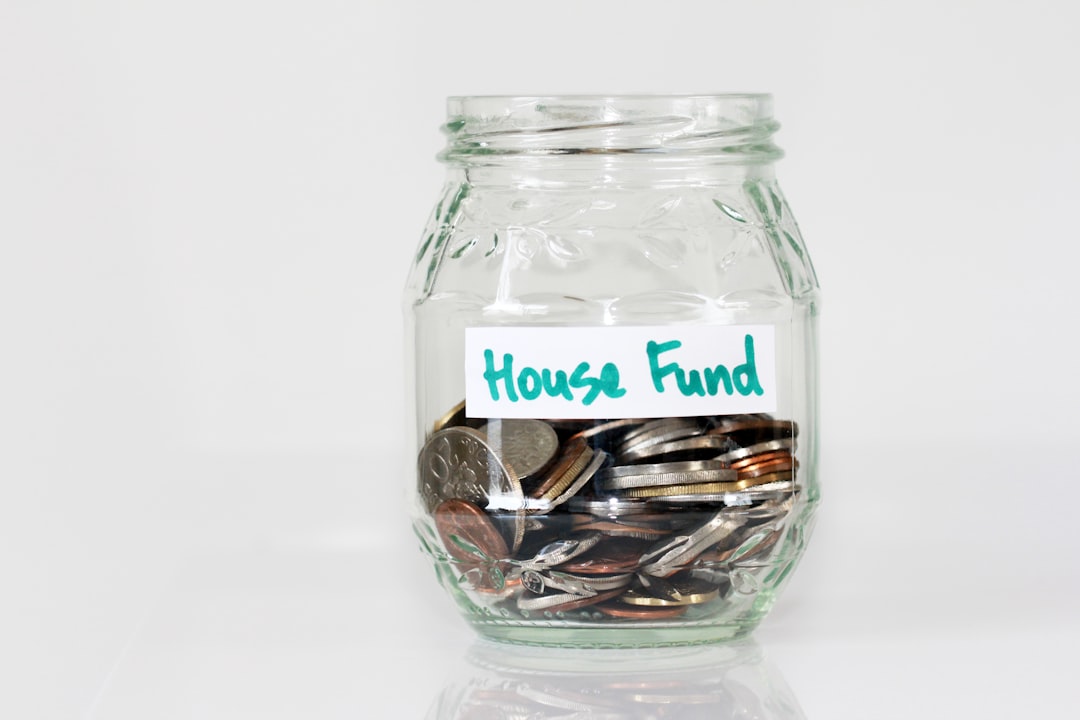The New York City housing market is a dynamic and multifaceted entity that reflects the city’s unique character and economic landscape. Known for its iconic skyline and vibrant neighborhoods, New York City attracts a diverse population, from young professionals to families and retirees. This diversity is mirrored in the housing market, which offers a wide range of options, from luxury penthouses to modest studio apartments.
The complexity of this market is further amplified by its historical significance, economic fluctuations, and the ever-evolving needs of its residents. Navigating the NYC housing market can be both exhilarating and daunting.
Understanding the nuances of this market is essential for anyone looking to make informed decisions, whether they are purchasing their first home or seeking to invest in real estate. As the city continues to evolve, so too does its housing landscape, making it crucial for stakeholders to stay informed about current trends and future predictions.
Key Takeaways
- The NYC housing market is dynamic and influenced by various factors such as economic trends, population growth, and government policies.
- Current trends in the NYC housing market include a shift towards remote work, increased demand for outdoor space, and a focus on sustainability and energy efficiency.
- Factors influencing the NYC housing market include interest rates, job growth, immigration patterns, and housing supply and demand.
- The COVID-19 pandemic has led to a temporary slowdown in the NYC housing market, but experts predict a rebound in the near future.
- Predictions for the future of the NYC housing market include a return to urban living, increased demand for affordable housing, and continued interest in luxury properties.
Current Trends in the NYC Housing Market
As of late 2023, the NYC housing market has been experiencing notable trends that reflect broader economic conditions and shifts in consumer preferences. One significant trend is the resurgence of interest in urban living, as many individuals and families are returning to the city after a period of remote work and pandemic-related relocations. This renewed demand has led to increased competition for available properties, driving up prices in several neighborhoods.
The luxury segment of the market has also seen a resurgence, with high-end properties attracting affluent buyers eager to invest in prime real estate. Another trend shaping the NYC housing market is the growing emphasis on sustainability and eco-friendly living. Many new developments are incorporating green building practices and energy-efficient technologies, appealing to environmentally conscious buyers.
Additionally, there is a rising demand for amenities that promote wellness and community engagement, such as rooftop gardens, fitness centers, and communal spaces. These trends indicate a shift towards a more holistic approach to urban living, where quality of life is prioritized alongside traditional considerations like location and price.
Factors Influencing the NYC Housing Market

Several factors play a crucial role in shaping the NYC housing market, each contributing to its complexity and dynamism. Economic indicators such as employment rates, interest rates, and inflation significantly impact buyer confidence and purchasing power. For instance, when employment rates are high and wages are rising, potential buyers are more likely to enter the market, driving demand and prices upward.
Conversely, economic downturns can lead to decreased demand and stagnation in property values. Another critical factor influencing the housing market is government policy and regulation. Zoning laws, tax incentives, and housing initiatives can either facilitate or hinder development and affordability.
For example, recent efforts to increase affordable housing options have sparked discussions about gentrification and displacement in various neighborhoods. Additionally, changes in mortgage rates can affect buyers’ ability to finance their purchases, further influencing market dynamics. Understanding these factors is essential for anyone looking to navigate the complexities of the NYC housing landscape.
Impact of the COVID-19 Pandemic on the NYC Housing Market
| Metrics | Data |
|---|---|
| Decrease in Rental Prices | 15% |
| Decrease in Property Sales | 20% |
| Increase in Vacancy Rates | 10% |
| Number of Foreclosures | 500 |
The COVID-19 pandemic had a profound impact on the NYC housing market, leading to significant shifts in buyer behavior and property values. Initially, as lockdowns were implemented and remote work became the norm, many residents sought larger living spaces outside of Manhattan. This trend resulted in a temporary decline in demand for urban properties, particularly in densely populated areas.
However, as the city began to reopen and life returned to some semblance of normalcy, there was a notable resurgence in interest for city living. The pandemic also accelerated trends that were already underway, such as the desire for outdoor space and flexible living arrangements. Buyers began prioritizing properties with balconies, terraces, or access to parks, reflecting a newfound appreciation for outdoor amenities.
Additionally, the rise of remote work has led some individuals to reconsider their housing needs altogether, prompting a shift towards more spacious homes that can accommodate both work and leisure activities. As a result, the NYC housing market has adapted to these changing preferences, with developers increasingly focusing on creating versatile living spaces.
Predictions for the Future of the NYC Housing Market
Looking ahead, experts predict that the NYC housing market will continue to evolve in response to both economic conditions and shifting consumer preferences. One anticipated trend is the ongoing demand for urban living, particularly among younger generations who value proximity to cultural amenities and job opportunities. As remote work becomes more integrated into corporate culture, it is likely that many individuals will seek out properties that offer both convenience and flexibility.
Additionally, there is a growing expectation that sustainability will play an increasingly important role in shaping future developments. As climate change concerns become more pressing, buyers may prioritize eco-friendly features when selecting properties. This shift could lead to a rise in green building practices and innovations within the real estate sector.
Furthermore, as New York City continues to grapple with issues of affordability and accessibility, there may be increased pressure on policymakers to implement initiatives that promote equitable housing solutions.
Rental Market in NYC

The rental market in New York City is a vital component of the overall housing landscape, catering to a diverse population with varying needs and budgets. As of late 2023, rental prices have shown signs of stabilization after experiencing fluctuations during the pandemic. While some neighborhoods have seen rents rebound sharply due to increased demand, others remain more affordable as they continue to recover from earlier declines.
One notable trend within the rental market is the growing popularity of flexible lease options. Many landlords are now offering shorter lease terms or month-to-month agreements to accommodate renters who may be uncertain about their long-term plans. This flexibility appeals particularly to young professionals and students who value mobility and adaptability in their living arrangements.
Additionally, amenities such as co-working spaces and communal areas have become increasingly sought after as renters look for environments that foster community engagement while still providing privacy.
Luxury Housing Market in NYC
The luxury housing market in New York City remains one of the most prestigious segments of real estate globally. As of late 2023, this market has experienced a resurgence fueled by affluent buyers seeking high-end properties that offer unparalleled amenities and breathtaking views. Iconic neighborhoods such as Manhattan’s Upper East Side and Tribeca continue to attract wealthy individuals looking for exclusive residences that reflect their status.
In recent years, developers have responded to this demand by creating opulent buildings equipped with state-of-the-art facilities such as private gyms, rooftop pools, and concierge services.
This convergence of luxury and sustainability reflects broader societal trends toward responsible consumption while maintaining an elevated lifestyle.
Affordable Housing Initiatives in NYC
Addressing the issue of affordable housing has become a pressing concern for New York City officials and residents alike. In response to rising rents and increasing displacement risks, various initiatives have been launched aimed at expanding access to affordable housing options across the city. These initiatives often involve partnerships between government agencies, non-profit organizations, and private developers working together to create inclusive communities.
One prominent initiative is the Mandatory Inclusionary Housing (MIH) program, which requires developers to include affordable units in new residential projects in designated areas. This policy aims to ensure that low- and moderate-income families can access housing within neighborhoods experiencing rapid development. Additionally, various funding programs have been established to support the construction of affordable units while providing resources for renters facing financial hardships.
These efforts reflect a commitment to fostering equitable growth within New York City’s diverse communities.
Neighborhoods to Watch in the NYC Housing Market
As the NYC housing market continues to evolve, certain neighborhoods are emerging as hotspots for both buyers and investors alike. Areas such as Brooklyn’s Bushwick and Crown Heights have gained attention due to their vibrant arts scenes and relatively affordable prices compared to more established neighborhoods. These areas are attracting young professionals seeking creative spaces while benefiting from ongoing development projects that enhance local amenities.
Similarly, neighborhoods like Astoria in Queens are experiencing a renaissance as new restaurants, shops, and cultural attractions draw residents looking for a sense of community without sacrificing proximity to Manhattan. The influx of new developments combined with existing charm makes these neighborhoods appealing options for those looking to invest or settle down in New York City’s ever-changing landscape.
Tips for Buyers and Sellers in the NYC Housing Market
Navigating the complexities of the NYC housing market requires careful planning and strategic decision-making for both buyers and sellers. For prospective buyers, it is essential to conduct thorough research on neighborhoods of interest while staying informed about current market trends. Engaging with experienced real estate agents who understand local dynamics can provide valuable insights into pricing strategies and negotiation tactics.
Sellers should also be proactive in preparing their properties for sale by investing in minor renovations or staging that can enhance appeal without breaking the bank. Pricing competitively based on recent sales data is crucial; overpricing can lead to extended time on the market while underpricing may result in missed opportunities for maximizing returns. Ultimately, clear communication between buyers or sellers and their agents will facilitate smoother transactions amidst New York City’s competitive landscape.
Key Takeaways for the NYC Housing Market
In conclusion, the New York City housing market remains an intricate tapestry woven from diverse influences ranging from economic conditions to cultural shifts. As trends continue to evolve—whether through increased demand for urban living or heightened awareness around sustainability—stakeholders must remain vigilant in adapting their strategies accordingly. The impact of recent events like the COVID-19 pandemic has reshaped buyer preferences while highlighting ongoing challenges related to affordability.
For those looking to engage with this dynamic market—whether as buyers or sellers—understanding current trends alongside neighborhood developments will be paramount for success. By leveraging expert insights while remaining adaptable amidst changeable conditions within New York City’s real estate landscape, individuals can navigate this vibrant yet challenging environment with confidence.
The NYC housing market has been a topic of significant discussion, especially with the recent fluctuations in property prices and rental rates. For those interested in a deeper dive into the dynamics of urban living and real estate trends, an insightful article can be found on MyGeoQuest. This piece explores various factors influencing the housing market, including economic shifts and demographic changes. To read more about these developments, you can visit the article by clicking on this link.
WATCH THIS! The Real Cost of NYC Living: Your Wallet, Sanity, and Subway Survival Skills
FAQs
What is the current state of the NYC housing market?
The NYC housing market is currently experiencing high demand and low inventory, leading to rising prices and competitive bidding among buyers.
What are the average home prices in NYC?
The average home price in NYC is around $1.2 million, with prices varying by borough and neighborhood.
What factors are driving the NYC housing market?
Factors driving the NYC housing market include low interest rates, a strong economy, limited inventory, and high demand from both local and international buyers.
Is it a good time to buy a home in NYC?
It depends on individual circumstances, but with low interest rates and high demand, buying a home in NYC can be a good investment for those who can afford it.
What are the most popular neighborhoods for homebuyers in NYC?
Popular neighborhoods for homebuyers in NYC include Manhattan’s Upper East Side, Brooklyn’s Williamsburg, and Queens’ Long Island City, among others.
Are there any government programs or incentives for homebuyers in NYC?
Yes, there are various government programs and incentives for homebuyers in NYC, including first-time homebuyer programs, down payment assistance, and tax credits.
